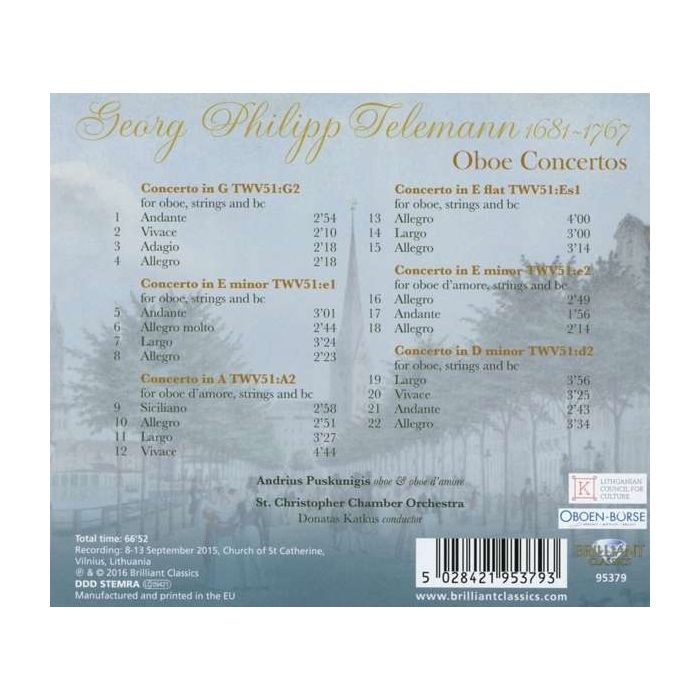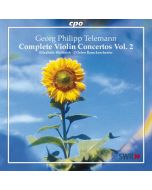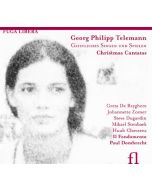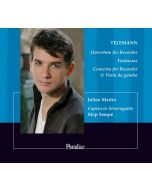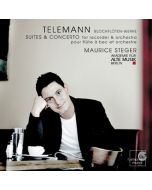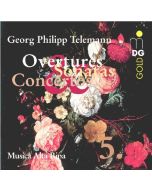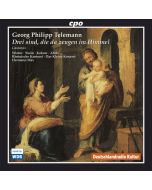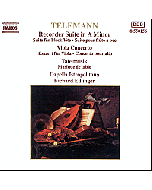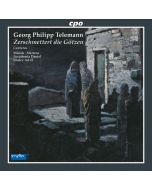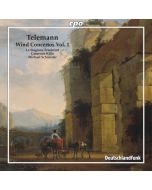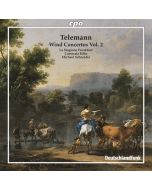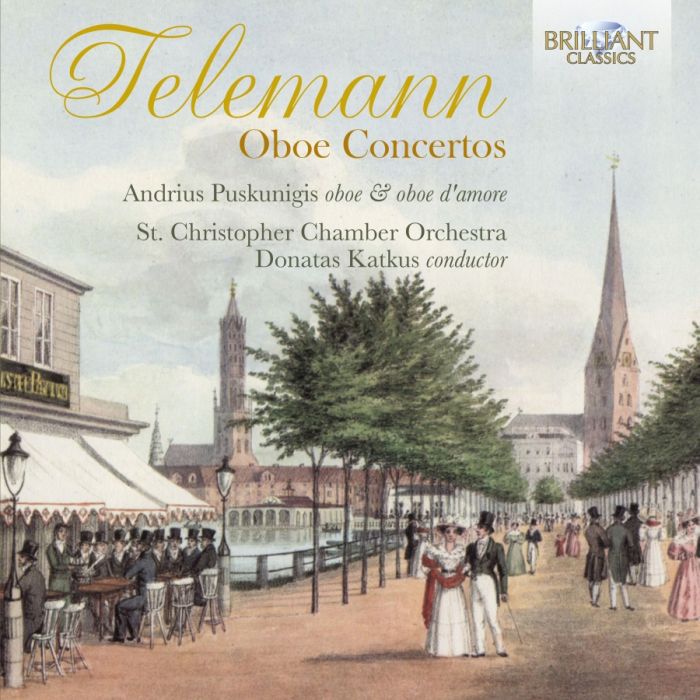
(Produkt nie został jeszcze oceniony)
kompozytor
Telemann, Georg Philipp
tytuł
Telemann: Oboe Concertos
wykonawcy
Puskunigis, Andrius, St. Christopher Chamber Orchestra
nr katalogowy
95379
opis
Written across the decades of his long and industrious career, Telemann’s oboe concertos vary considerably in musical terms, yet they are always distinguished by his apparently effortless feeling for melody and grateful writing for the soloist. His language is instantly identifiable and unique to him: although it certainly belongs to the Baroque age, it also contains hints of the Classical style, and in particular the style galant. Three concertos here date from the 1720s, a highly productive period for the composer, which was spent in Frankfurt and then Hamburg. He had written in 1718 that he had no great enthusiasm for the genre of concerto, but that reservation should probably be interpreted as a distaste for the ostentatious display of virtuosity in some Italian concertos; indeed, virtuosity for its own sake seems to have interested him far less than innovations in scoring, style and structure. Indeed these concertos represent virtually a history of the genre in Germany during the first half of the 18th century.
• Telemann: Concerto TWV 51:d2 in D minor for oboe, strings & b.c.
• Telemann: Concerto TWV 51:e1 in E minor for oboe, strings & b.c.
• Telemann: Concerto TWV 51:e2 in E minor for oboe d'amore, strings & b.c.
• Telemann: Concerto TWV 51:Es1 in E flat major for oboe, strings & b.c.
• Telemann: Concerto TWV 51:G2 in G major for oboe, strings & b.c.
Works:
• Telemann: Concerto TWV 51:A2 in A major for oboe d'amore, strings & b.c
• Telemann: Concerto TWV 51:d2 in D minor for oboe, strings & b.c.
• Telemann: Concerto TWV 51:e1 in E minor for oboe, strings & b.c.
• Telemann: Concerto TWV 51:e2 in E minor for oboe d'amore, strings & b.c.
• Telemann: Concerto TWV 51:Es1 in E flat major for oboe, strings & b.c.
• Telemann: Concerto TWV 51:G2 in G major for oboe, strings & b.c.
nośnik
CD x 1
wydawca
Brilliant Classics
data wydania
13.11.2019
EAN / kod kreskowy
5028421953793
55,00 zł
Produkt na zamówienie
Wysyłka ustalana indywidualnie.
Darmowa wysyłka dla zamówień powyżej 300 zł!
Darmowy kurier dla zamówień powyżej 500 zł!
sprawdź koszty wysyłki